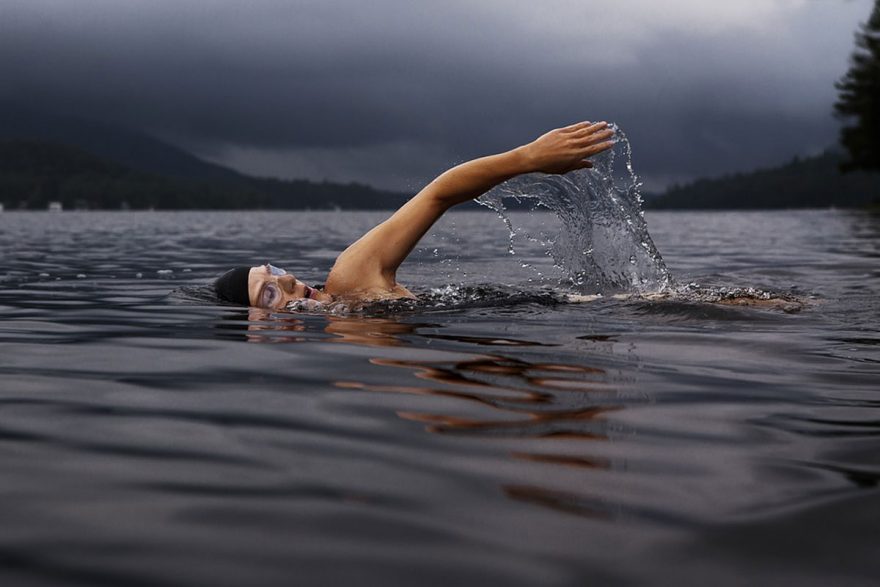
It’s probably something you’ve never given a moment’s thought but the skill of blowing bubbles properly while swimming can improve your performance massively.
Have you ever been so out of breath after only a length of swimming that you begin to question your fitness levels? You’re not physically tired but you can’t figure out why you’re so out of breath. If this happens to you, then it is almost certainly to do with your breathing technique.
As humans, you’d never think that you’d have to be taught how to breathe properly, however, when you’re swimming, it is what will allow you (in part) to continue length after length. Inefficient breathing technique and timing will put a serious limit on how far you’re capable of swimming before having to stop.
The Mistake You’re Probably Making
The most common mistake when it comes to breathing is that too many people hold their breath under the water. Understandably, this is a pretty natural reaction to having your face in the water but it’s an urge you should fight.
By holding your breath every time your face is in the water, you end up wasting time having to exhale when you turn your head to breathe. This results in a huge gasp for air and less oxygen actually going into your body.
In fact, to better understand what we’re saying here, fill your sink with water and try this. Place your face in the water and hold your breath until you need or want to take a breath. Notice what happens when you lift your face to breathe. You’ve spent time exhaling before being able to breathe in, right? In order to swim more efficiently, we need to eliminate this exhale.
The Easy Solution
Fortunately, the solution to this problem is pretty simple. Rather than holding your breath when your face is in the water, aim to gently exhale i.e. blow bubbles. Another way to make sure that the exhale is gentle is to hum underwater. It’s pretty hard to explosively hum, so this means you won’t be expelling all of your air.
Testing this out in your sink, or even at the pool, you will notice that a much more natural intake of air occurs and there is much less of a feeling of desperation. By gently exhaling as you swim with your face in the water, you’ve completely eliminated the need to breathe out desperately before you can breathe in.
It can take some time to get used to. Don’t worry about even stripping it right down to the basics and practice while stationary in the pool. You can bob up and down on the spot, making sure to hum or blow bubbles on the way down, enabling a natural breath when you come up.
 Your Privacy Choices
Your Privacy Choices
 The
The